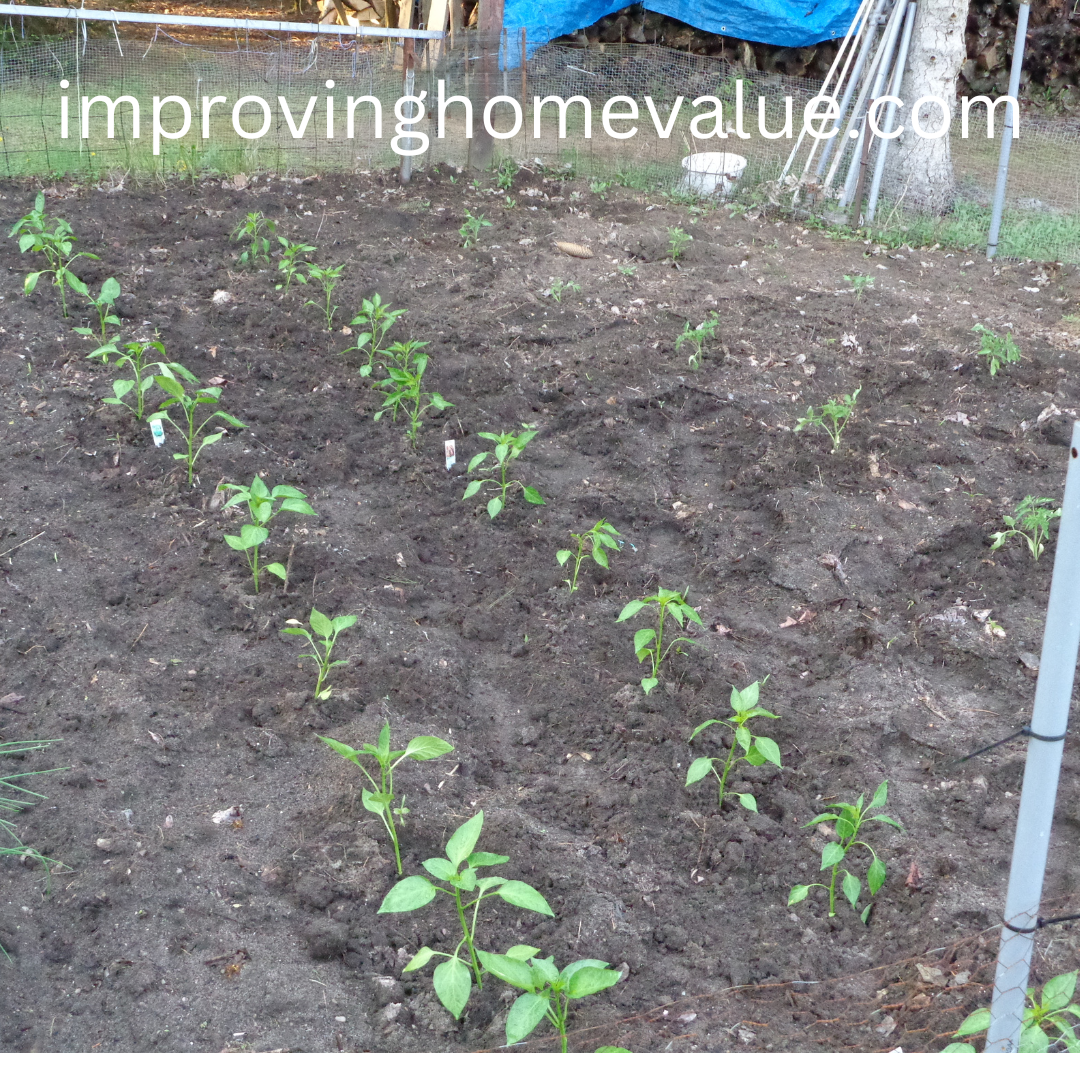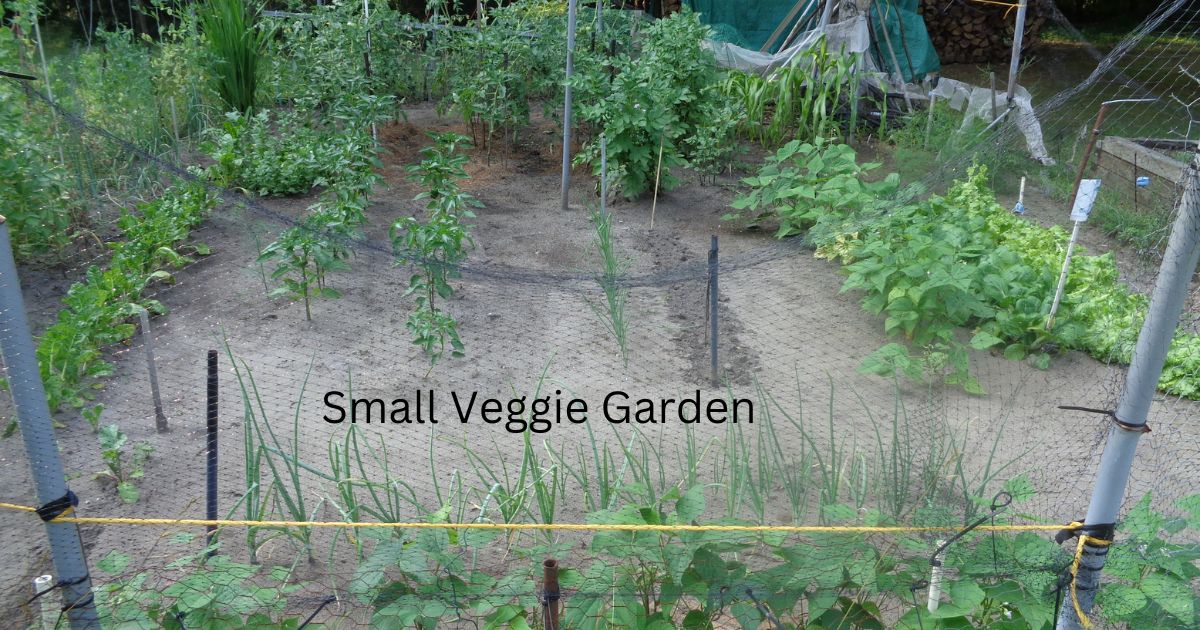So you’re thinking about starting a small veggie garden, huh? Awesome choice! But before you grab your gloves and start digging, let’s figure out the perfect size and spot for your garden. Trust me, getting this right can make all the difference.
Choosing the best size for your garden is a bit like picking out shoes: it needs to fit. If you’re just starting out, a garden that’s about 10×10 feet could be the sweet spot. It’s manageable, yet spacious enough to try your hand at a variety of veggies without feeling overwhelmed. But if space is tight, even a few containers or a 4×4-foot square can be the start of something great.
Location matters a lot, like in real estate. For veggies, the best spot is one that gets a hefty serving of sunlight, around six to eight hours a day. So, stroll around your yard or balcony and monitor when and where the sun lands. Remember, not too close to big trees or walls that might throw shade for part of the day.
Every inch of your garden space should work for you, like a well-planned living room. Vertical gardening and container stacking are your friends here, especially if you’re short on space. Consider trellises for climbing plants or tiered setups to save ground space. It’s all about making the most out of what you’ve got.
Once you’ve settled on size and location, you’re one giant step closer to enjoying a thriving veggie garden. Keep these pointers in mind, and you’ll be eating fresh, home-grown salad or stir-fry in no time!
Selection and Organization: Planting for Success
Choosing the right veggies to plant can feel like picking your favorite candy at the store. Start with what you love to eat and what’s easy to grow. Think tomatoes, lettuce, and radishes if you’re looking for quick yields. Herbs like basil and mint are great too and can add amazing flavors to your meals.
Arranging your plants smartly isn’t just about looks; it’s also about getting the best results. Plan for taller plants at the back and shorter ones upfront if you’re working with rows. This setup lets all your plants soak in that precious sunlight.
Companion planting is like finding good roommates. Some plants thrive better together, helping each other stay healthy and productive. Tomatoes and basil, for instance, make great neighbors because they boost each other’s growth.
Remember, organizing your plants well can save you trouble later. It’s a bit like playing Tetris but with plants. Keep your veggies happy, and they’ll keep your pantry stocked with fresh produce!

Growing Sustainably: Soil, Health, and Pest Management
A successful veggie garden starts with healthy soil, and improving its quality is like choosing the best foundation for a house. Give your soil some love by testing it to see what’s missing. There are simple kits available that can tell you what nutrients to add so your veggies have the best environment to thrive.
Healthy soil paves the way for strong plant growth, but pesky pests can pop up and cause trouble. Keep an eye out for bugs like aphids and caterpillars. If you spot them early, it’s easier to tackle them. Consider natural deterrents like neem oil or homemade garlic sprays to keep your greens safe without resorting to harsh chemicals.
Adopting sustainable practices in your garden is a bit like following a health routine – beneficial in the long run. Rotate your crops each season to keep pests guessing and enrich your soil with organic matter like compost. Not only does this make your garden more resilient, but it also ensures your veggies are full of nutrients.
Maintaining a small veggie garden packed with healthy produce is definitely rewarding. By keeping your soil healthy and managing pests sustainably, you’ll enjoy a productive and budding little garden.
In some areas where their are a few rabbits around, it might also be a good idea to circle your garden with a fence. You can use netting or fence wire which works well and is inexpensive to do.
Wishing you all the best on your gardening projects.
